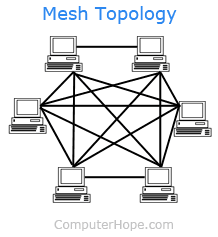The types of network is a collection of two or more computers, as wells as other related devices, connected together so that information can be exchanged between or among them.
The types of network are PAN, LAN, MAN, and WAN this blog will show you how they work individually
PAN (Personal Area Network)
PAN (Personal Area Network) is a computer network used to interconnect devices centered on an individual workplace. PAN can be used for connecting personal devices, which typically involve a mobile computer, a cell phone, and/or a handheld computing device such as a PDA. The network is used transfer files including email, calendar, digital photos, and music.
LAN (Local Area Network)
LAN (Local Area Network) is a type of where two to as such as much as hundreds of computers are connected with each other using a network sharing device known as a hub or switch to enable sharing of files, printers, and other resources.
MAN (Metropolitan Area Network)
MAN (Metropolitan Area Network) A MAN is a larger network than a LAN. It involves connecting several networks together that reside within a city, town, or metropolis. On a MAN, users may be several miles apart, but resources appear on the network just as if they were located within the same building.
WAN (Wide Area Network)
WAN (Wide Area Network) Is a telecommunications network or computer network that extends over a large geographical distance/place. Wide area networks are often established with leased telecommunication circuits.

















